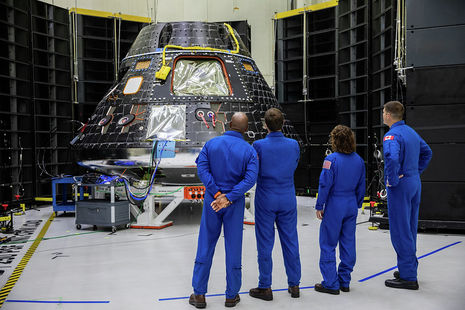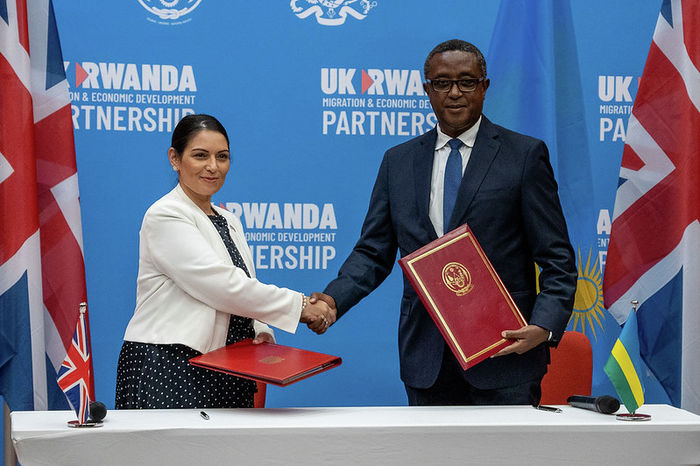Cambridge academic joins NASA space mission
A professor at St. Catharine’s College will be part of the first crewed mission to the moon since 1972

A Cambridge academic will be a part of a NASA mission to fly around the moon and travel further into space than humanity has ever been.
Dr Jenni Gibbons, Assistant Professor and Fellow at St. Catharine's College, was chosen by the Canadian Space Agency (CSA) to be a backup astronaut for the first crewed mission to the moon since 1972.
Artemis II is the second mission on NASA’s Artemis program and it is estimated to take place in November 2024.
Dr Gibbons will be the backup astronaut for CSA astronaut Jeremy Hansen.
According to Dr Gibbons, the expedition is “the most critically ground-breaking mission that NASA has put together in 50 years.”
“And for me it’s just a pleasure to be able to learn as much as I can and support. It’s the first crewed mission of the Orion capsule, and I’m going to help develop the procedures that the crew will need, and that future crews that do end up landing on the moon’s surface will need,” she continued.
Dr Gibbons expressed her excitement for space preparation: “Just for the training alone, I’m excited. You can imagine what that thought would do. I think that’s really special.”
Dr Gibbons spoke about how her studies at Jesus College, Cambridge impacted her career. “I was so fortunate to come to Cambridge to do my PhD, and I had a wonderful supervisor and set of colleagues,” she said.
“They really set me up for success. I stayed for a postdoc and then I was fortunate enough to get the professorship. I loved that moment and I feel so fondly towards that research, and the Engineering department,” she continued.
“So it’s been a surprise, but a really wonderful journey that Cambridge has a lot to do with,” she added.
Artemis II will consist of a crew of four astronauts who will be in a lunar flyby for a maximum of 21 days. They will return to Earth after performing a lunar free-return trajectory.
 News / Caius mourns its tree-mendous loss23 December 2025
News / Caius mourns its tree-mendous loss23 December 2025 News / Clare Hall spent over £500k opposing busway 24 December 2025
News / Clare Hall spent over £500k opposing busway 24 December 2025 Comment / The ‘class’ of Cambridge24 December 2025
Comment / The ‘class’ of Cambridge24 December 2025 Interviews / Politics, your own way: Tilly Middlehurst on speaking out21 December 2025
Interviews / Politics, your own way: Tilly Middlehurst on speaking out21 December 2025 Comment / Yes, I’m brown – but I have more important things to say22 December 2025
Comment / Yes, I’m brown – but I have more important things to say22 December 2025








